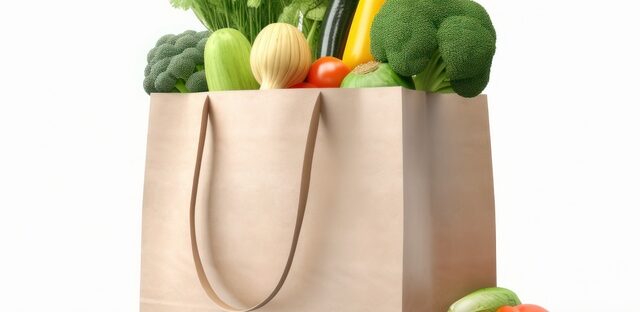Food budgeting is a common household need, regardless of what type of diet you follow. There is a common misconception that eating vegan or plant-based is inherently more expensive. This post is here to help you navigate your local grocery store and show you that eating more plant-based doesn’t have to mean eating more expensive.
Beans
Beans are one of the most inexpensive sources of protein you will find at your local grocery store. I recommend purchasing dried beans in bulk to prepare as needed, or canned with no added sodium. Dried beans also have a long shelf life so you’re likely to reduce your total food waste.
Nutritional Yeast
A common way to impart umami flavoring for savory dishes, nutritional yeast is a vegan source of protein that is also a great source of vitamin B12. You can find this at most grocery stores and even online.
Not sure what nutritional yeast is or how to use it? Read more about this awesome product and why you should consume it while following a vegan diet.
Lentils
Tired of beans? Lentils are an excellent source of plant-based protein that can be used in a myriad of ways. If you have a Trader Joe’s (TJ’s) near you, they also sell ready-to-use lentils to save you time. You can find them in the refrigerated section near the produce at most TJ’s locations.
Seitan
This meatless alternative is super versatile and has a similar texture to meat. It is made from wheat gluten so if you have celiac this is NOT a product for you. For individuals who don’t have a wheat allergy this is an excellent and inexpensive source of protein. You can even find many different recipes to make your own seitan using a few items you may already have in your pantry.
Tofu
Tofu is probably one of my favorite foods. Tofu is made using soy beans which have all 9 essential amino acids, so it is classified as a complete protein. Depending on the type of tofu you buy the protein content may vary. Many Asian markets sell tofu for much less than a traditional grocery store, too, so I recommend seeing what shops are in your area and comparing prices.
Many people who don’t care for tofu have honestly not had it prepared correctly or in a way that they like yet. The texture and ways to best prepare tofu are determined by the type that you choose to purchase. For “beginner” tofu eaters I generally recommend eating the firmer varieties as the squish of softer, silken tofu may put some people off to its mouth-feel.
Note: tofu is similar to chicken, meaning that it has practically no taste on its own. Eating plain tofu is another behavior I would consider more “advanced” and not recommended for newbies. Most people who enjoy tofu will tell you that marinating and sauces go a long way with this versatile protein source.
Fruits/Vegetables
There’s a common misconception that fresh fruits/vegetables are always the most superior form, when compared to frozen or canned. However, frozen fruits and vegetables are harvested and processed at their peak meaning that many times they are better tasting and at peak nutritional value when compared to fresh produce.
Like any food product there are some options that are more healthful than others. I generally recommend avoiding frozen produce that has large amounts of added sodium and/or added sauces. This way you still have control over the spices and additives in your fruits/vegetables.
If canned is your preferred or only available option, try to choose varieties of fruits/vegetables that have no or minimal added sodium as well as avoiding fruits in added syrups. This will help limit your intake of added salt and sugars. I also recommend rinsing canned vegetables and beans to help remove some of the sodium that may have been added.
Shop the Sales
Another great way to stay within your weekly grocery budget is to try and make meals based on the items on sale that week at your local grocer. This strategy can sometimes be a bit difficult for fresh items, but definitely one you want to use when shopping for pantry staples and shelf stable food items.
Happy Shopping
Hope you found this information helpful! Check out this previous blog post for tips on transitioning to a plant-based diet.

